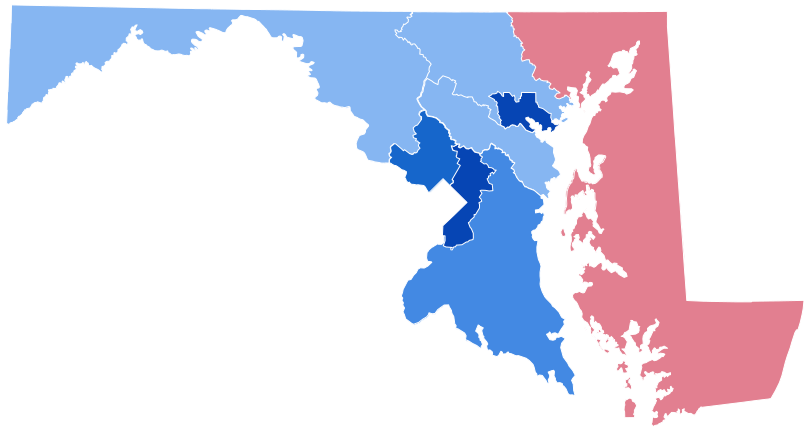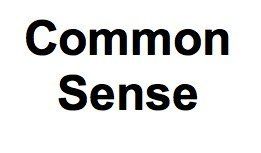A Short History of US Immigration Policy, Part 1
Introduction:
The 2018 US population is approximately 322 million people. With the exception of Native Americans, whose ancestors arrived over 10,000 years ago, all are descended from fairly recent immigrants. Some arrived centuries ago and some more recently. They came to escape religious or political persecution, famine or wars, or pogroms and poverty, or just to prosper and rise above the economic and social barriers in the Old Country.
Today’s sharp cleavage in American views about immigration is not new. It has existed through much of US history and for similar reasons --a suspicion that foreigners pose both socio-economic and security threats to the country. The first 50 years following the ratification of the US Constitution in 1789 were somewhat of an exception because most people in those days realized that the new country required many more hard working people with useful skills to build a strong, continental nation.
Gradually, however, differences of opinion emerged between those who wanted a homogenous society and those more open to diversity. Maintaining a policy balance between these two opposing factions has been difficult. From the beginning, both groups had members with anti-black racial bias as well as religious hostilities against Protestants or Catholics and/or Jews—prejudices the immigrants often brought with them from Europe.
By the late 19th and into the 20th Centuries an additional ingredient was added. Those Americans already well established felt superior to later arrivals including Germans, Eastern Europeans, and Irish. Asian and African immigrants were subjected early to exclusions.
By the 1870s, some states were passing legislation restricting the numbers and types of immigrants to be admitted. In 1875, the US Supreme Court ruled that immigration was a subject the Federal Government would regulate, thus introducing the modern context for these debates. Early Congressional acts included:
- 1882 - Chinese Exclusion Act
- 1882 - General Immigration Act levied a head tax on each immigrant. “Idiots”, “lunatics”, “convicts” and those likely to become a public charge were excluded.
- 1885 & 1887 - Certain laborers were prevented from entering the US.
The Statue of Liberty, the Poem and the Myth:
In 1886, the French presented the Statue of Liberty to the United States to honor their shared revolutionary histories. A few years later, American poet Emma Lazarus wrote her famous poem, now inscribed on the Statue’s base. Since then, both the statue and the poem have inspired a patriotic belief in America’s open arms and generous heart. However, this belief has frequently been at odds with the often harsh, selfish reality of America’s actual immigration policies. Lazarus wrote:
“Give me your tired, your poor,
Your huddled masses yearning to breathe free,
The wretched refuse of your teeming shore.
Send these, the homeless, tempest-tossed to me.”
The United States on occasion—post-WWII and Vietnam, Cuba, and during the Cold War—has been extraordinarily empathetic and welcomed millions of suffering human beings into the country. But at many other times, not so much.
Common Sense for the Eastern Shore








